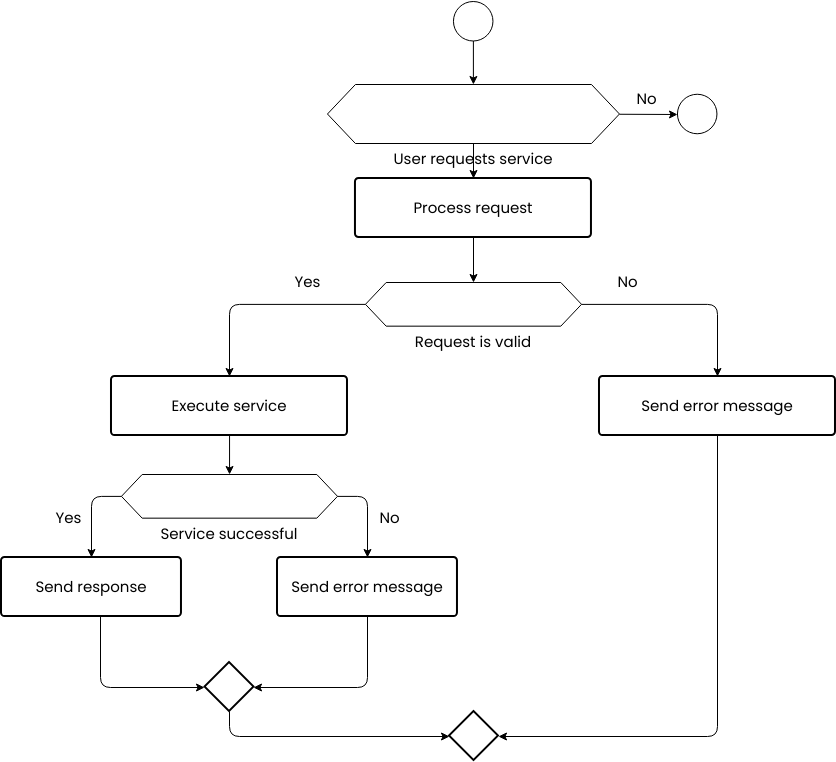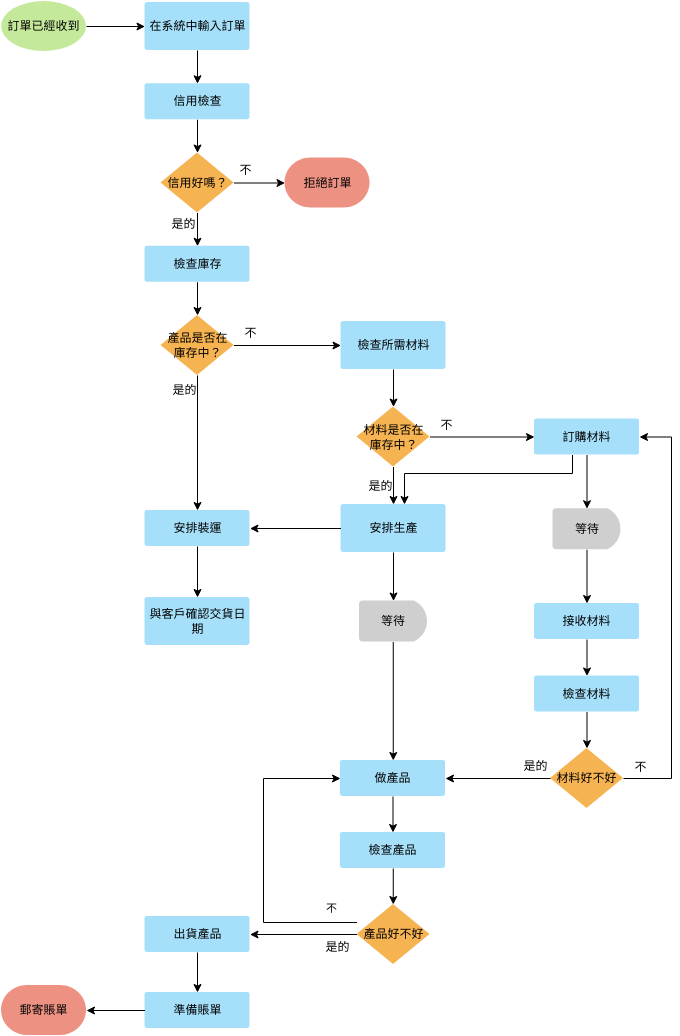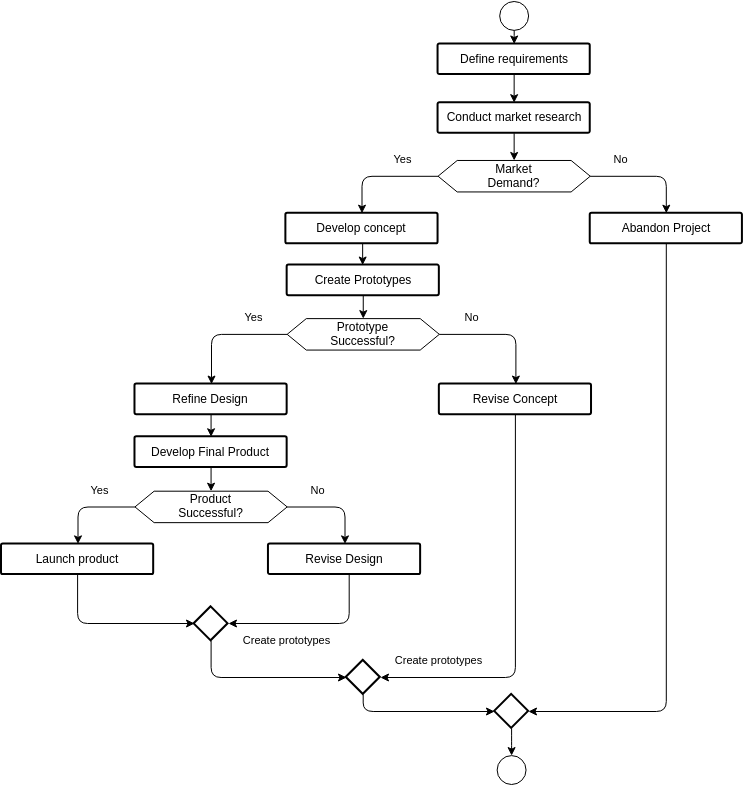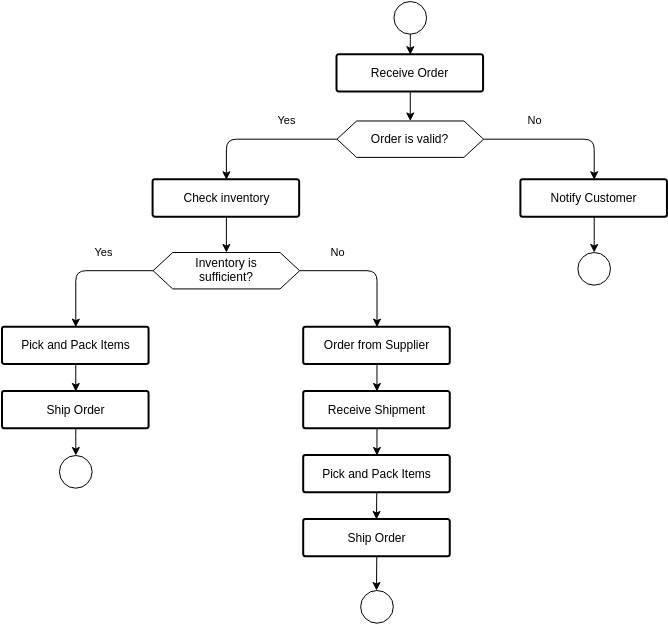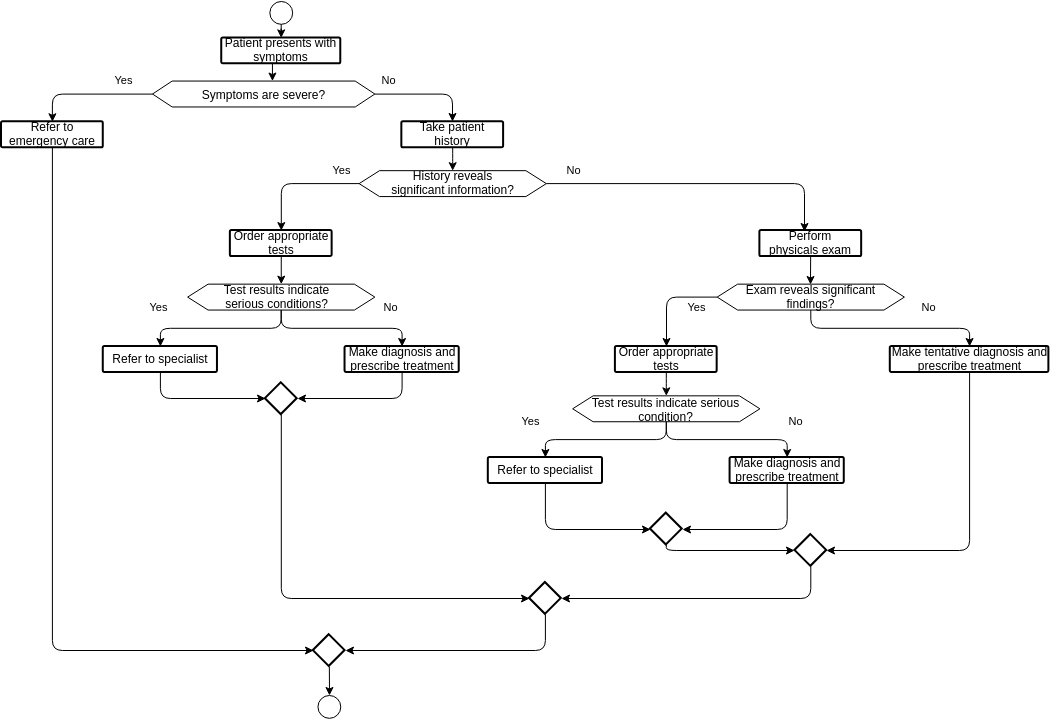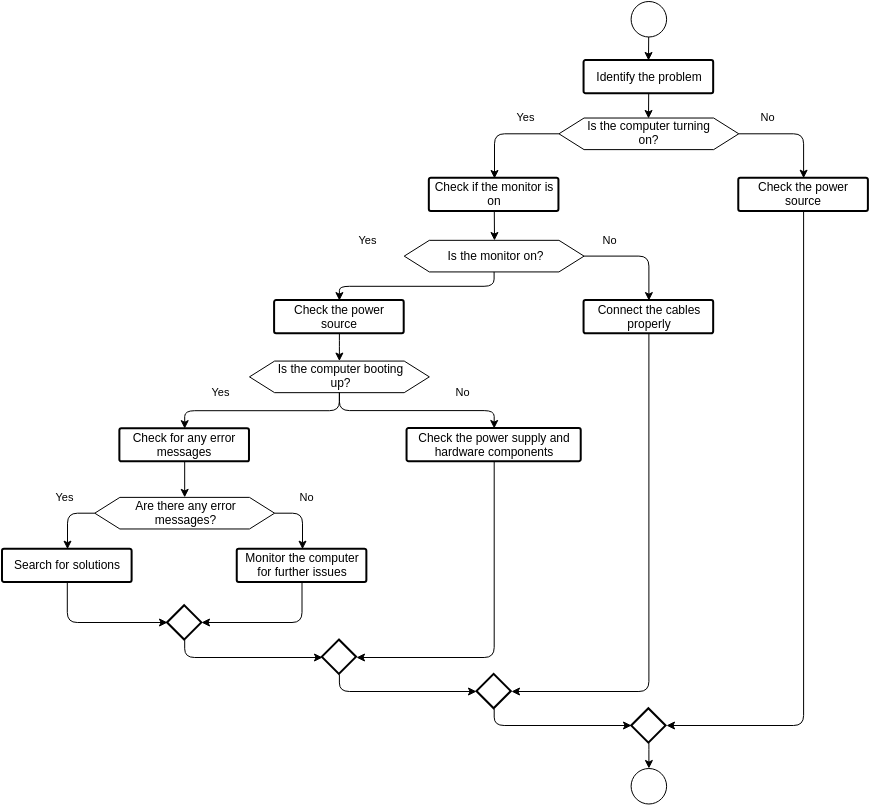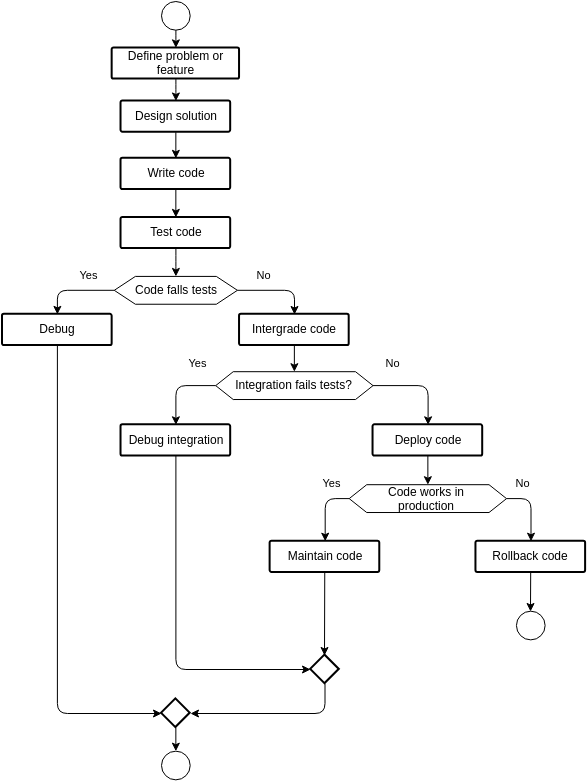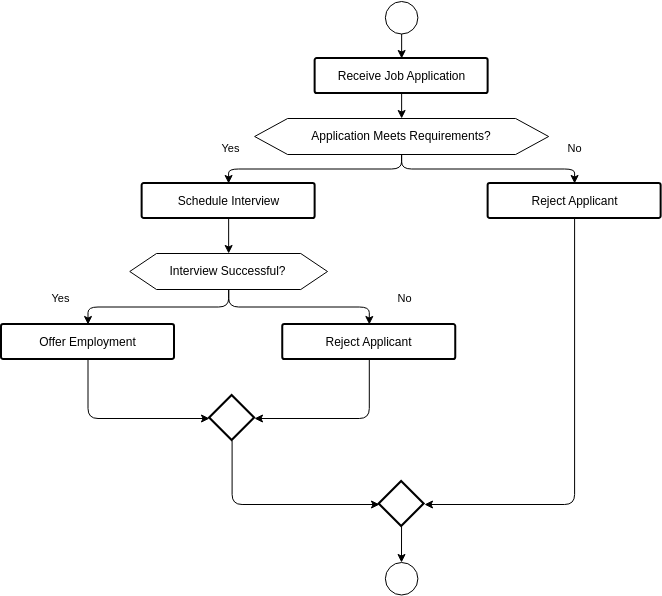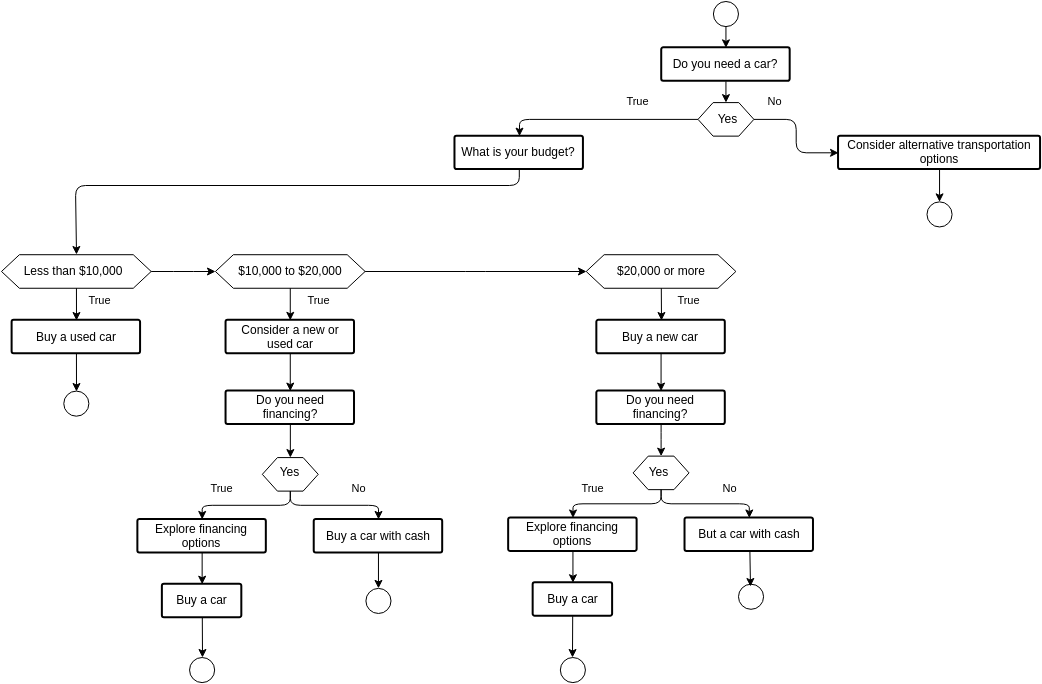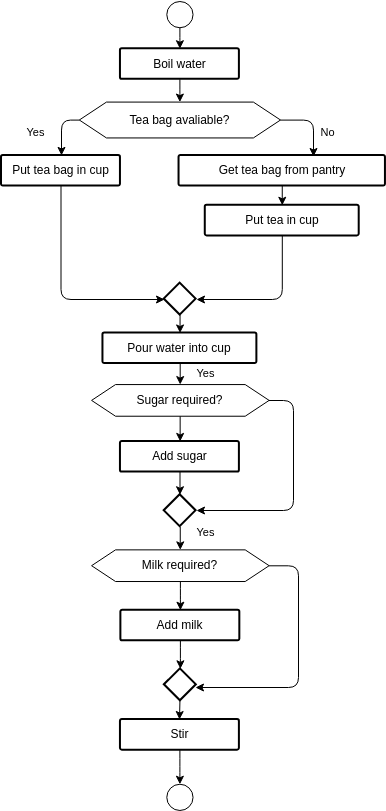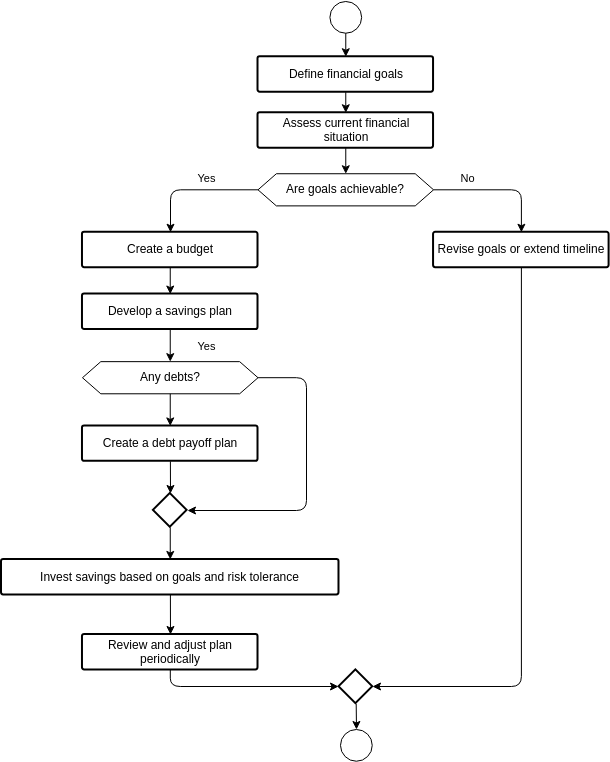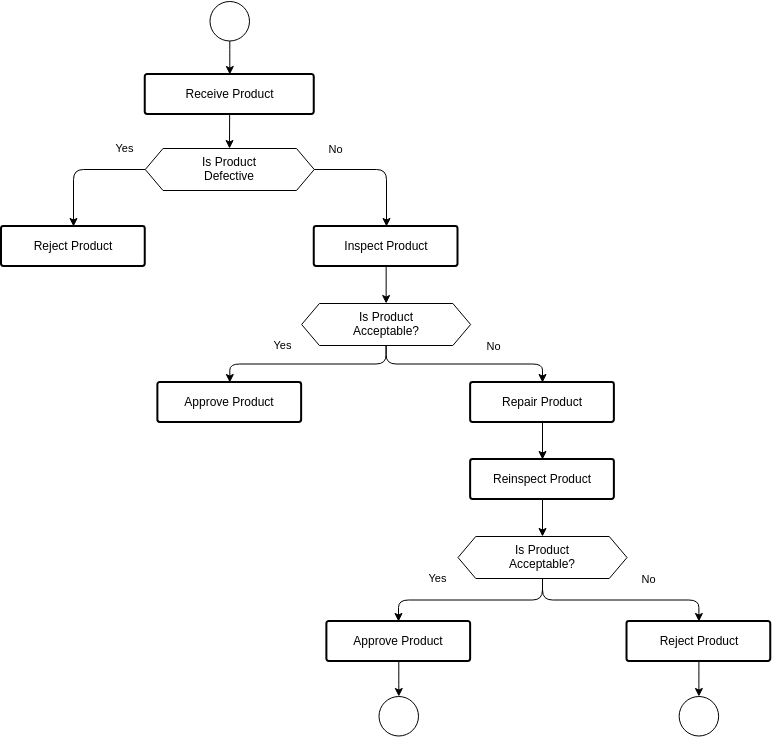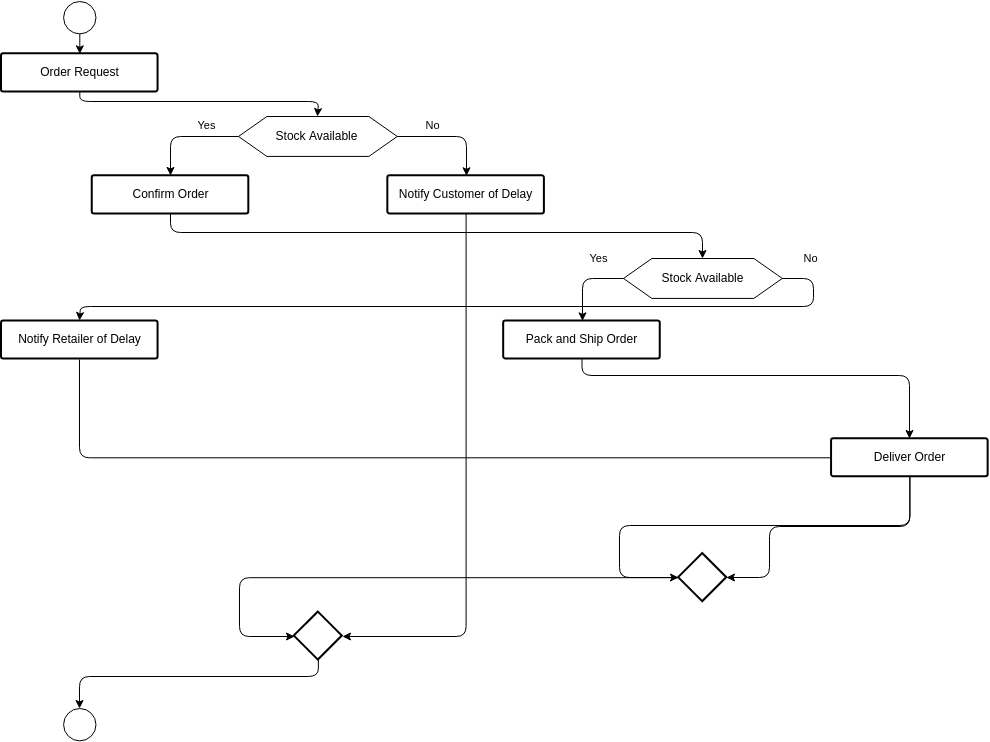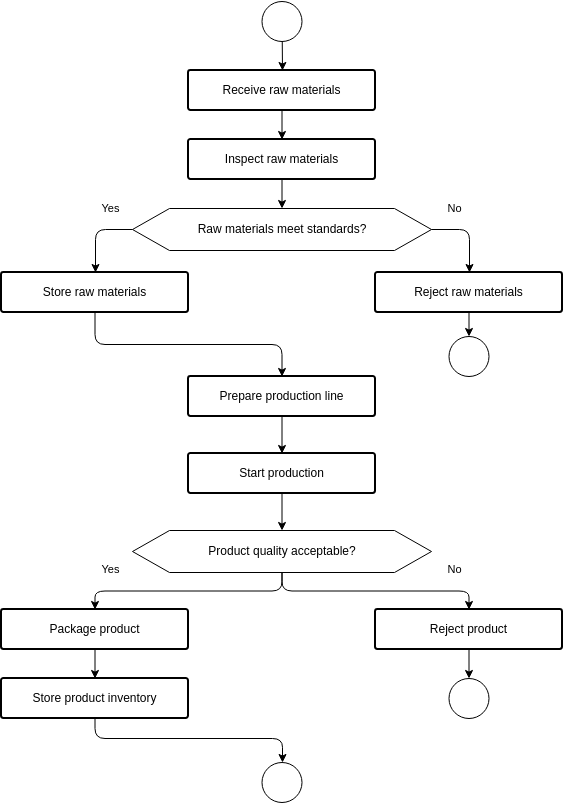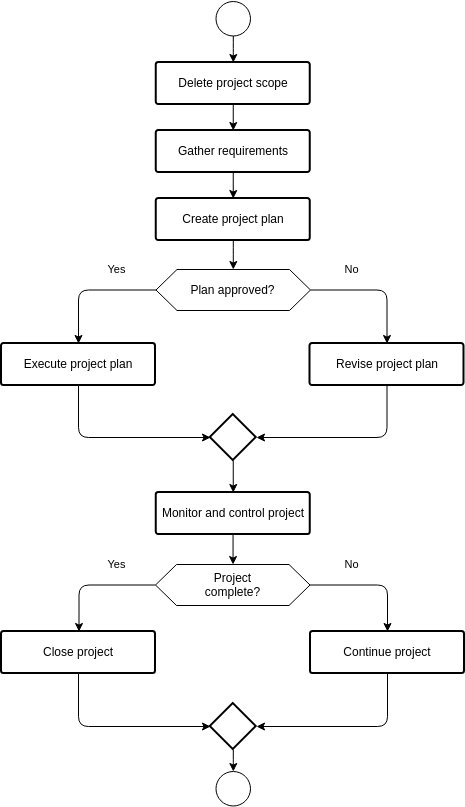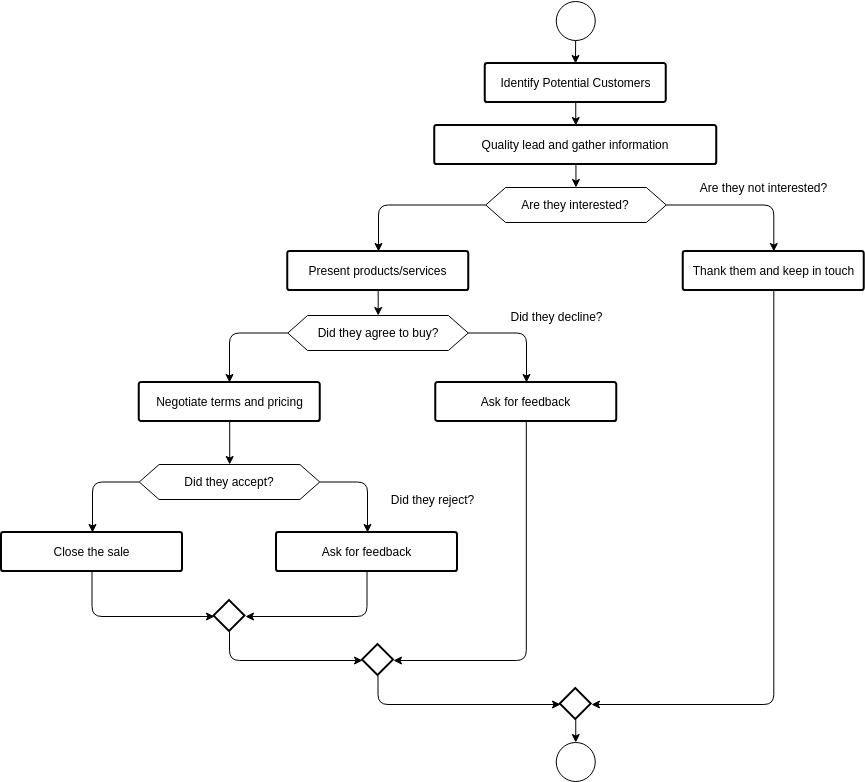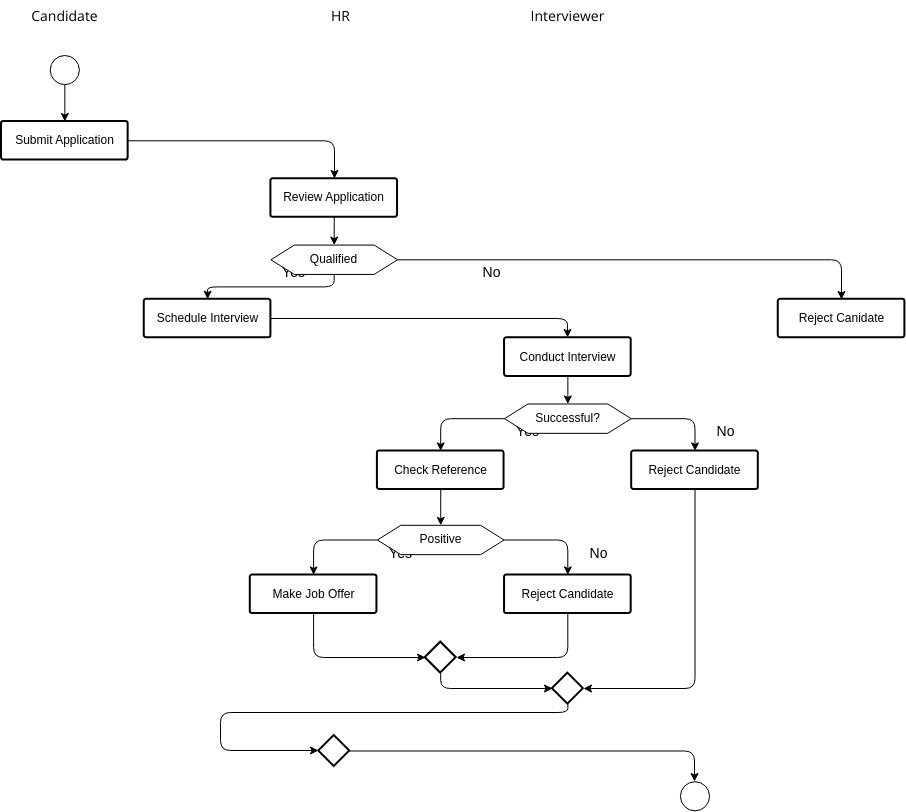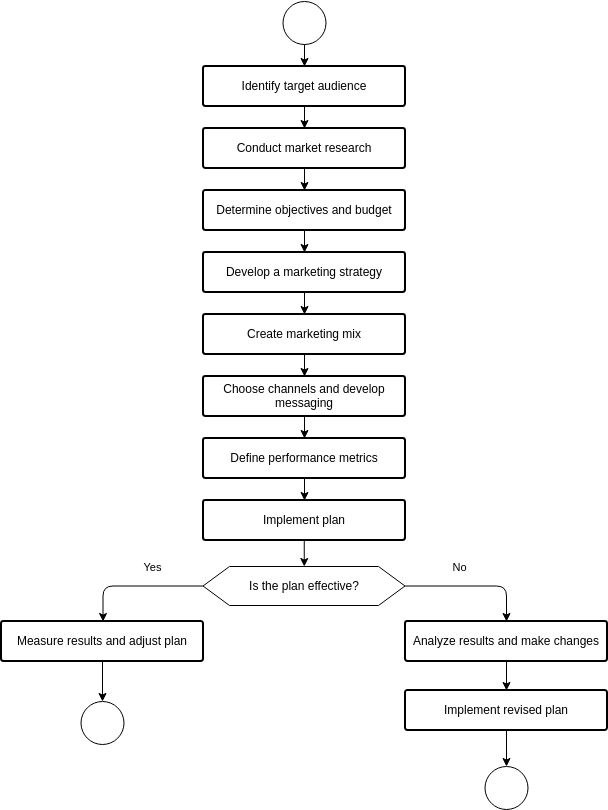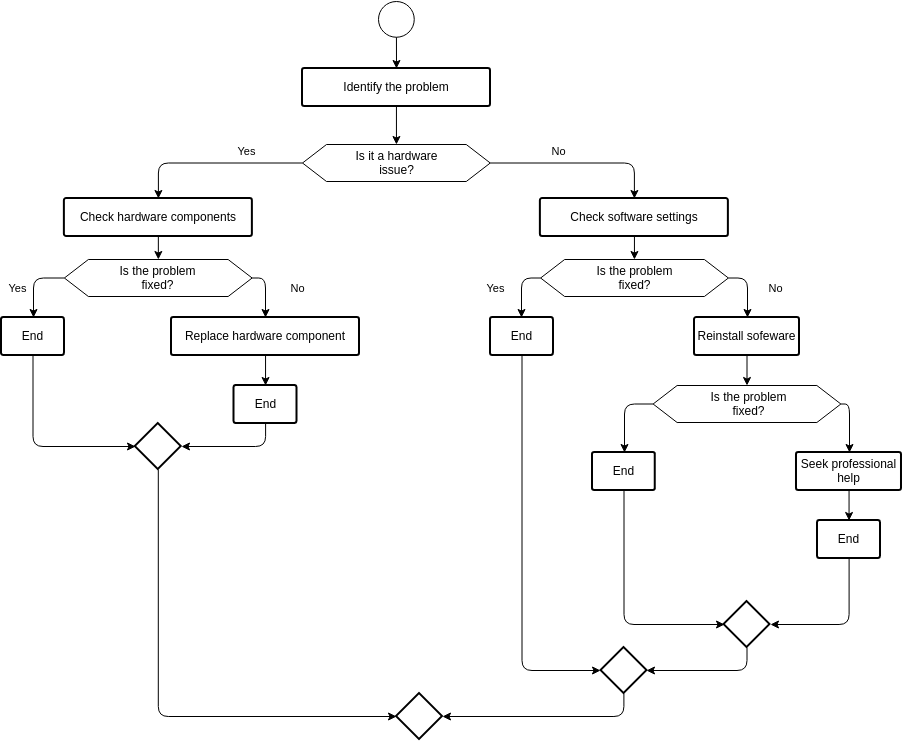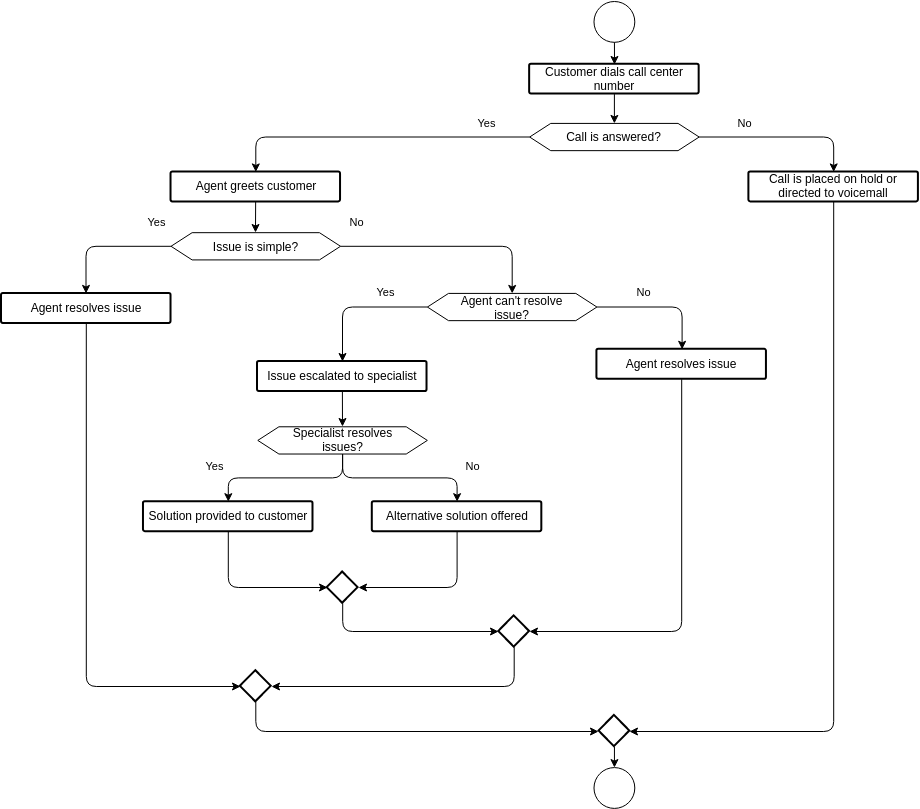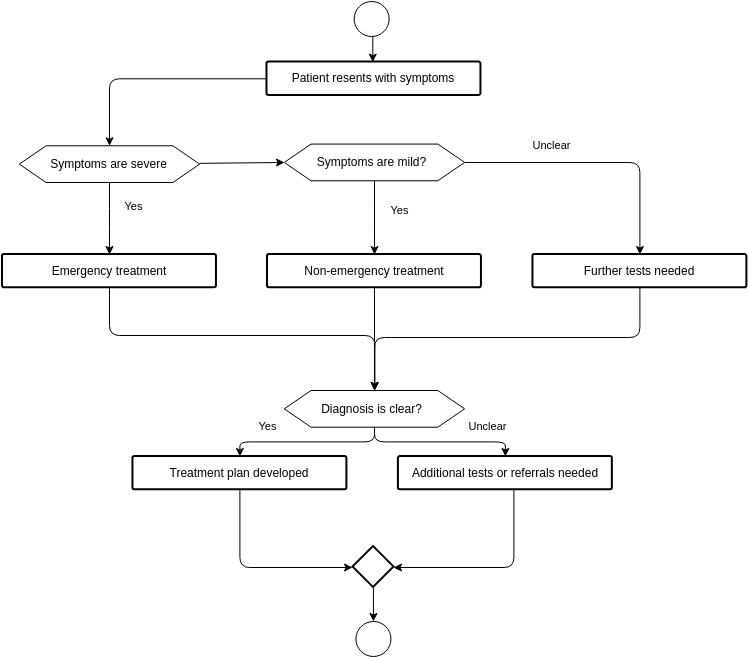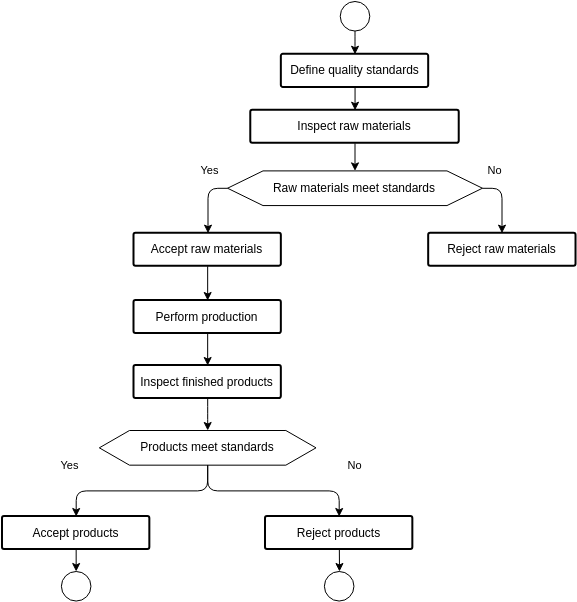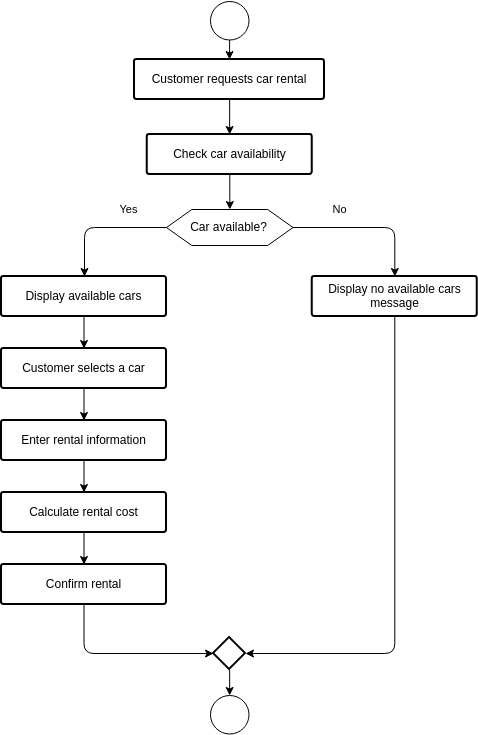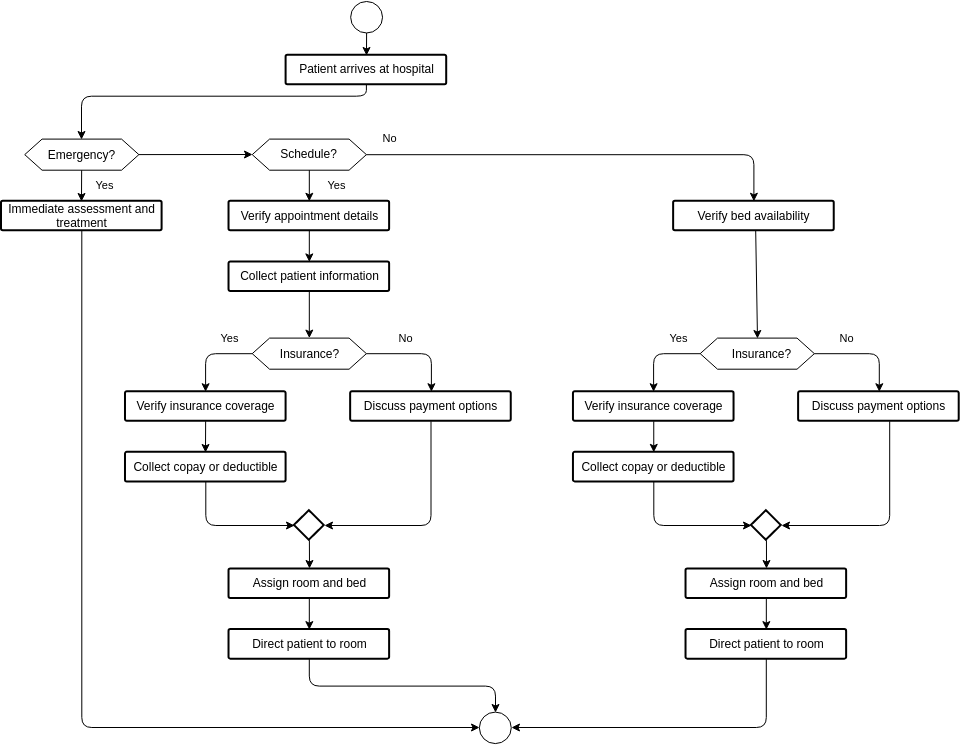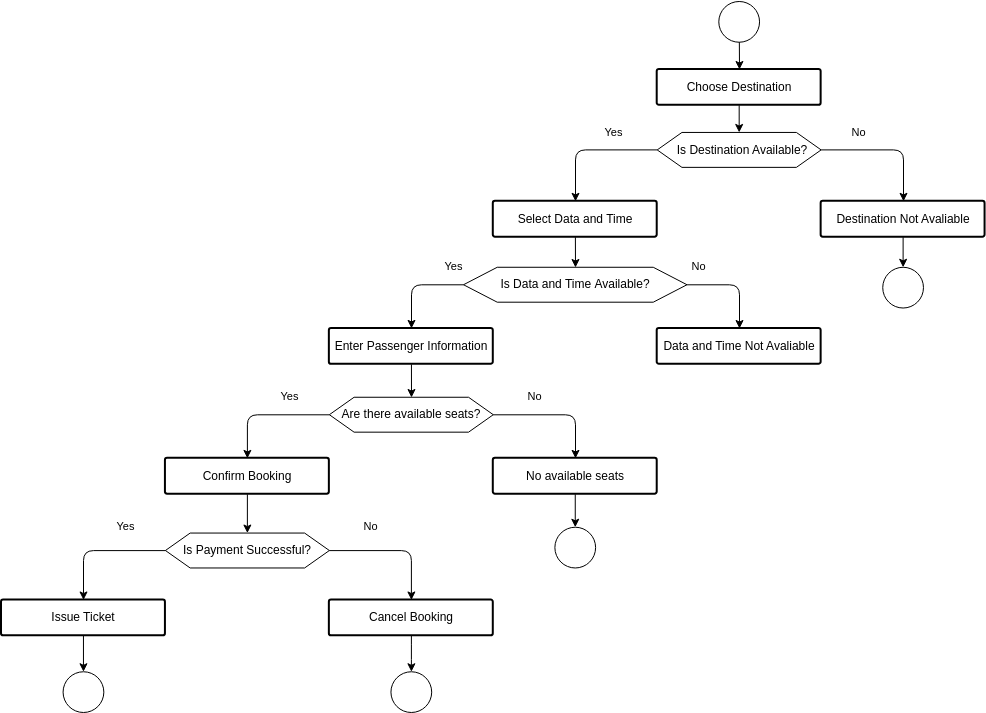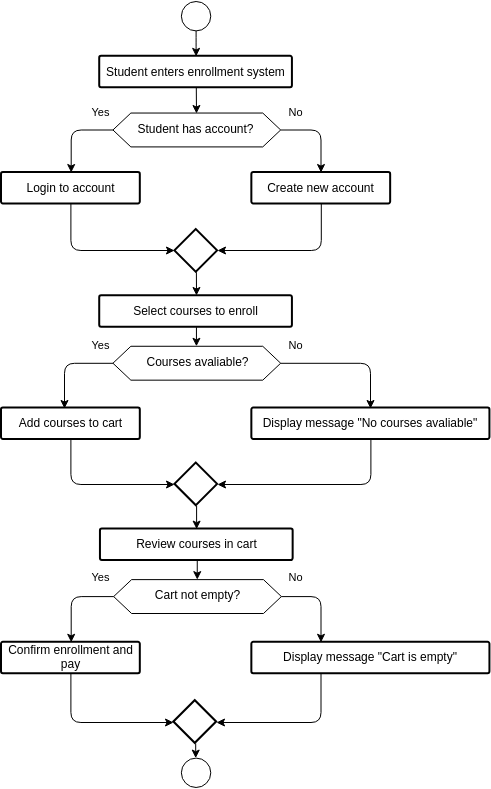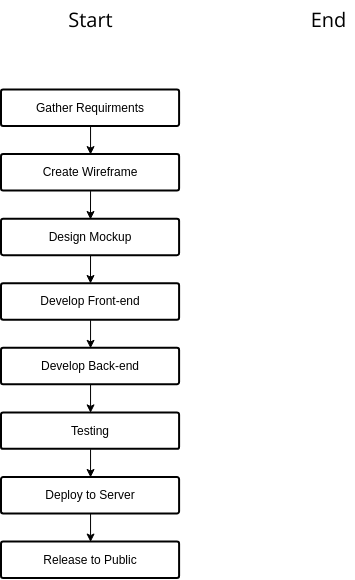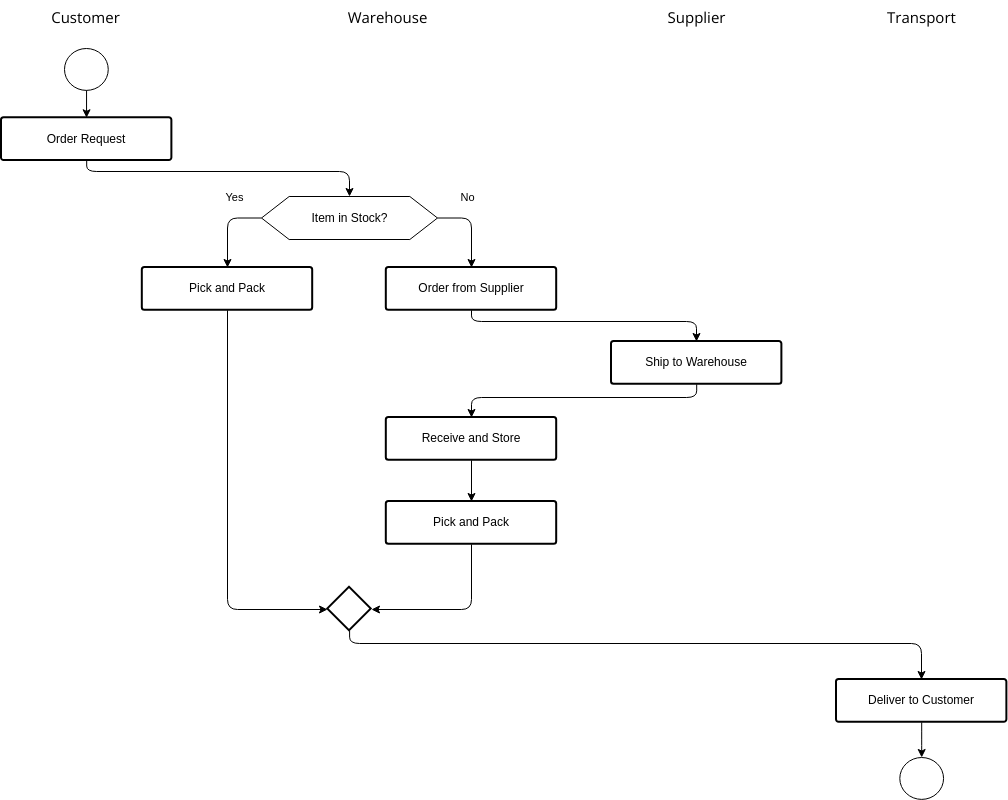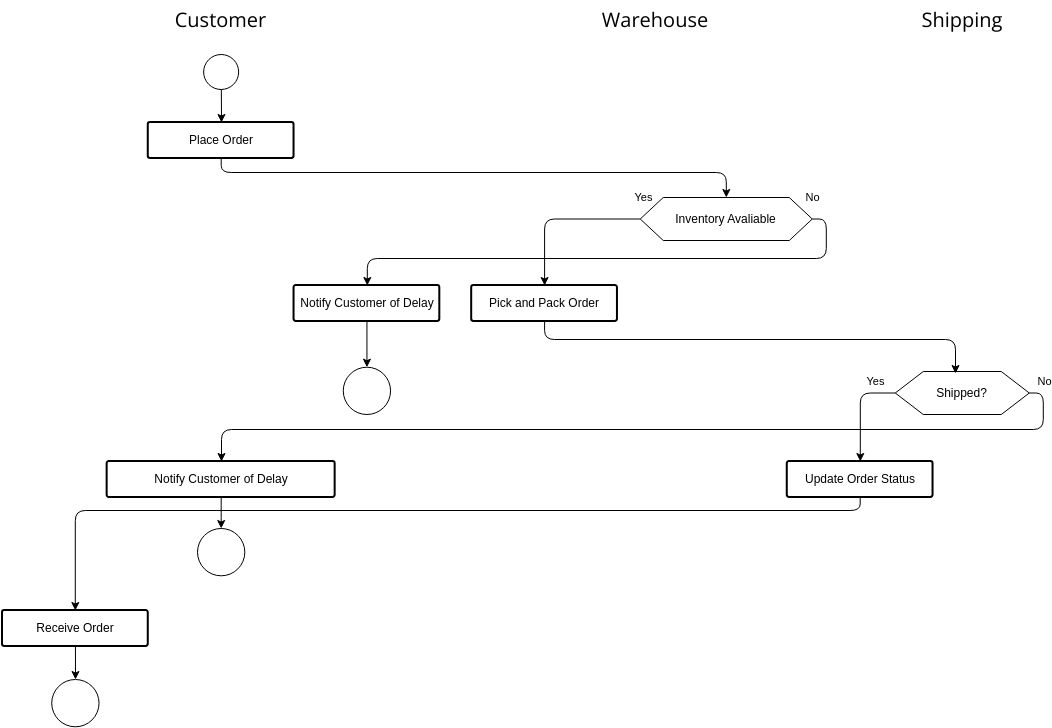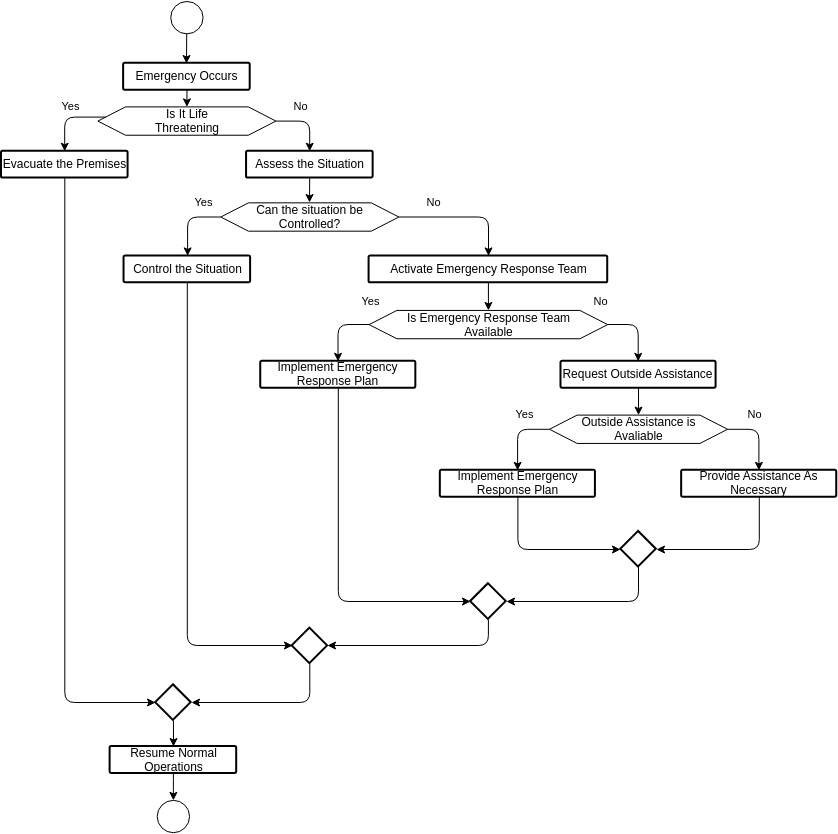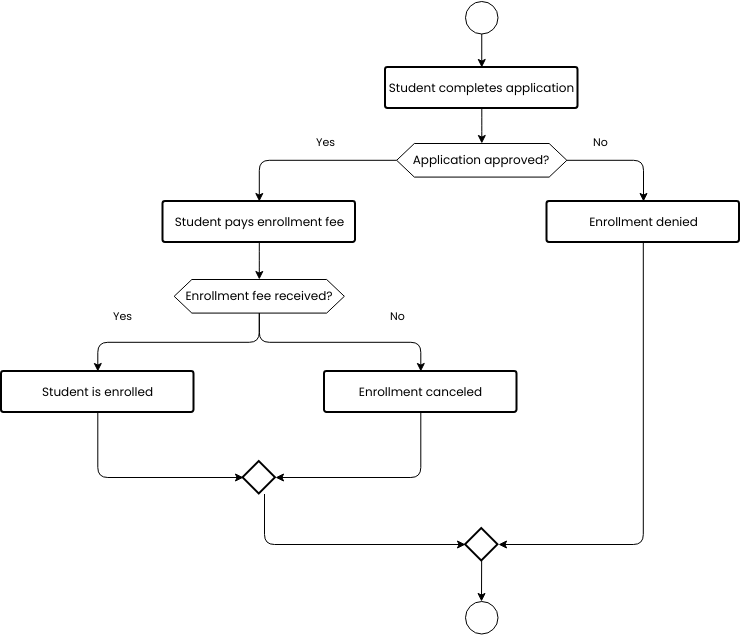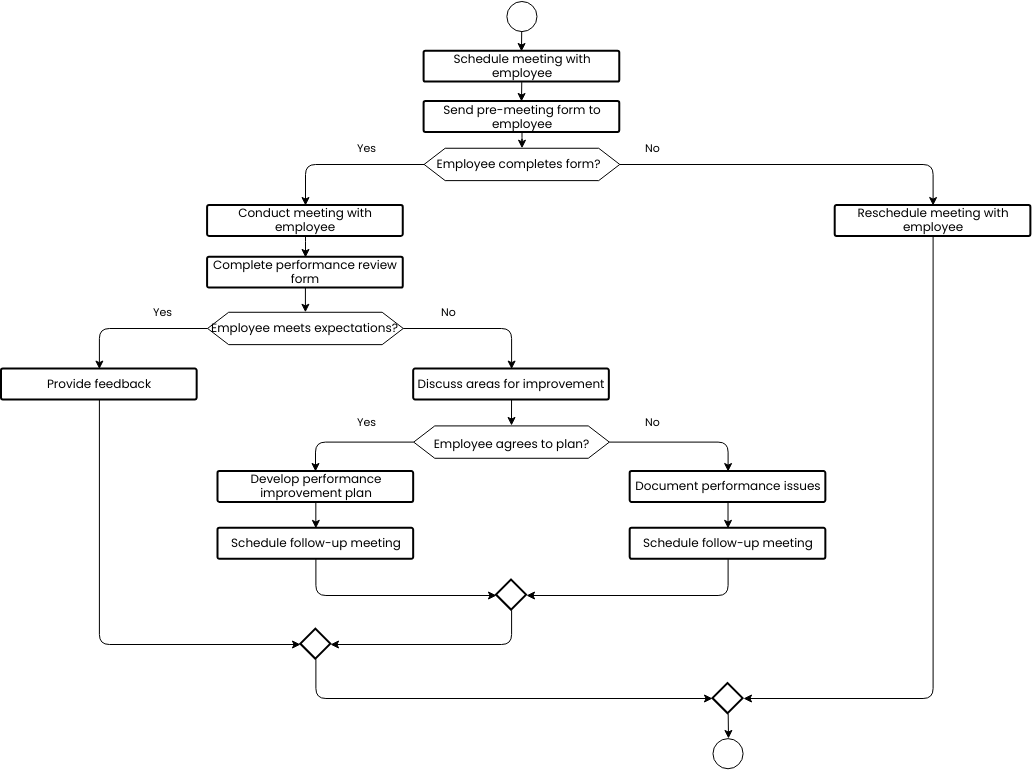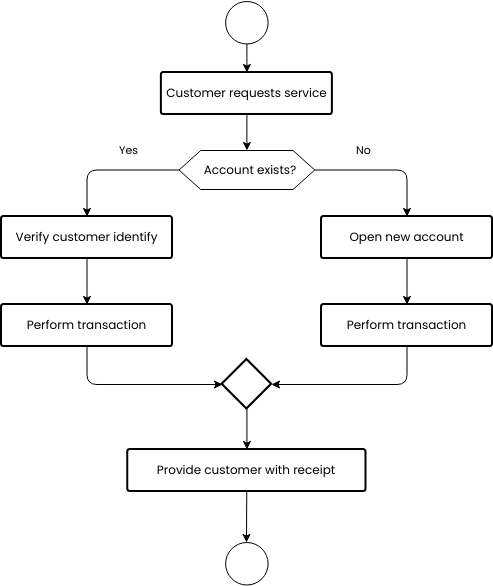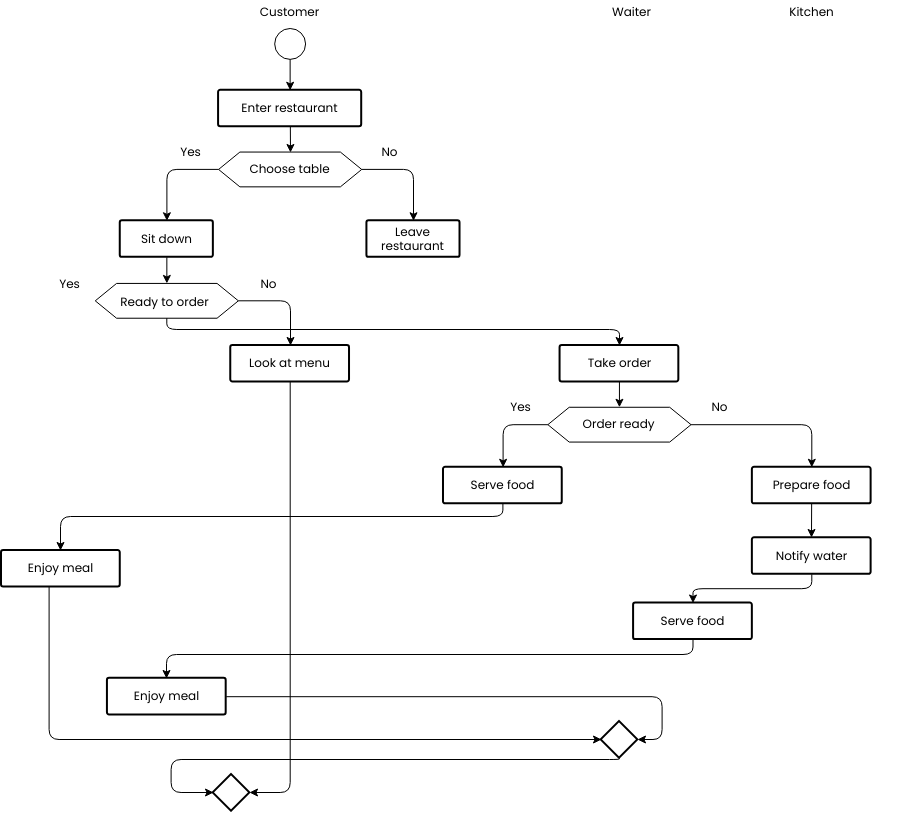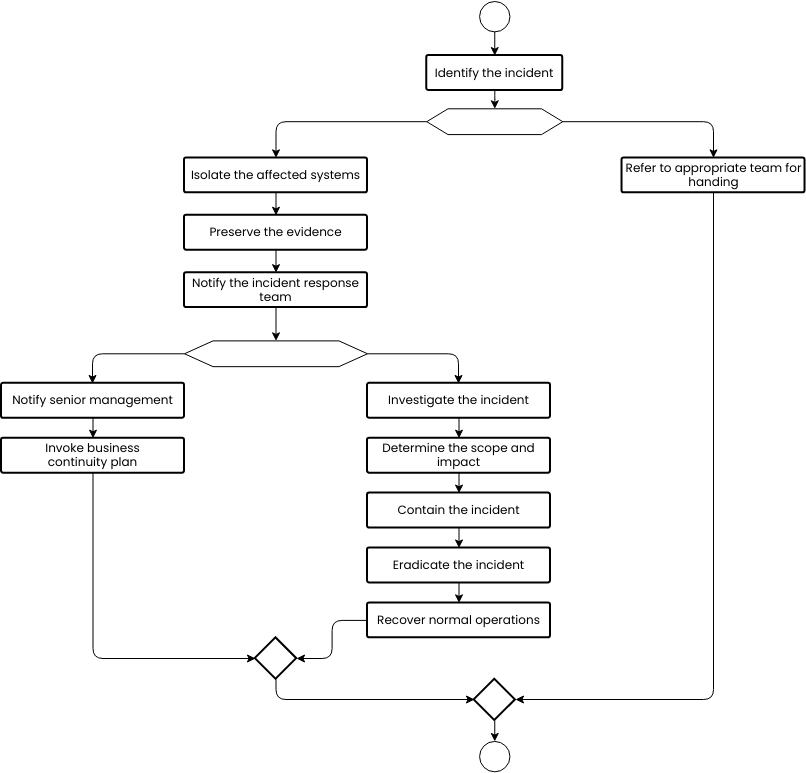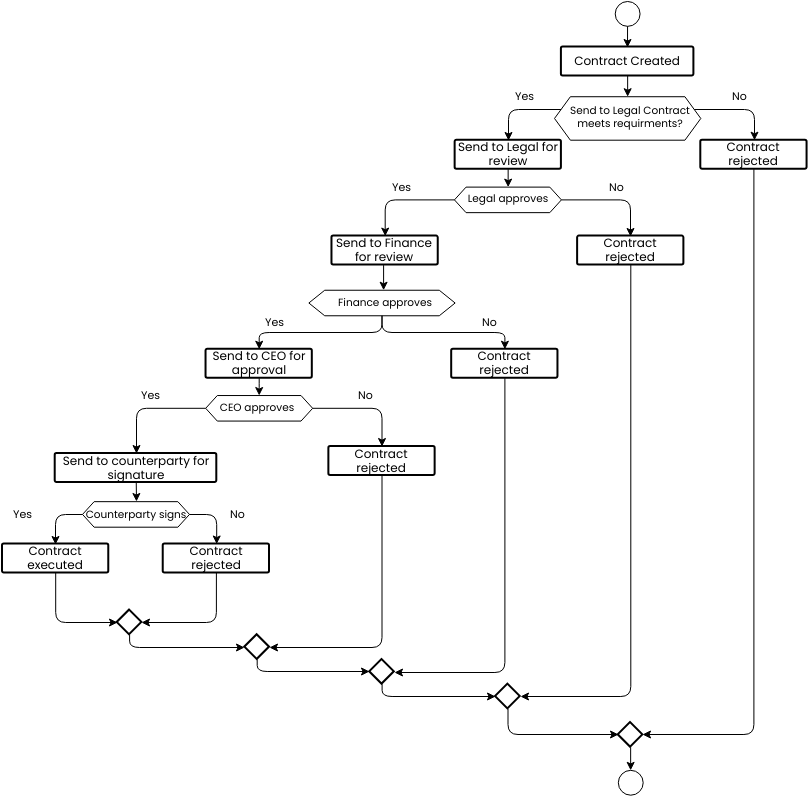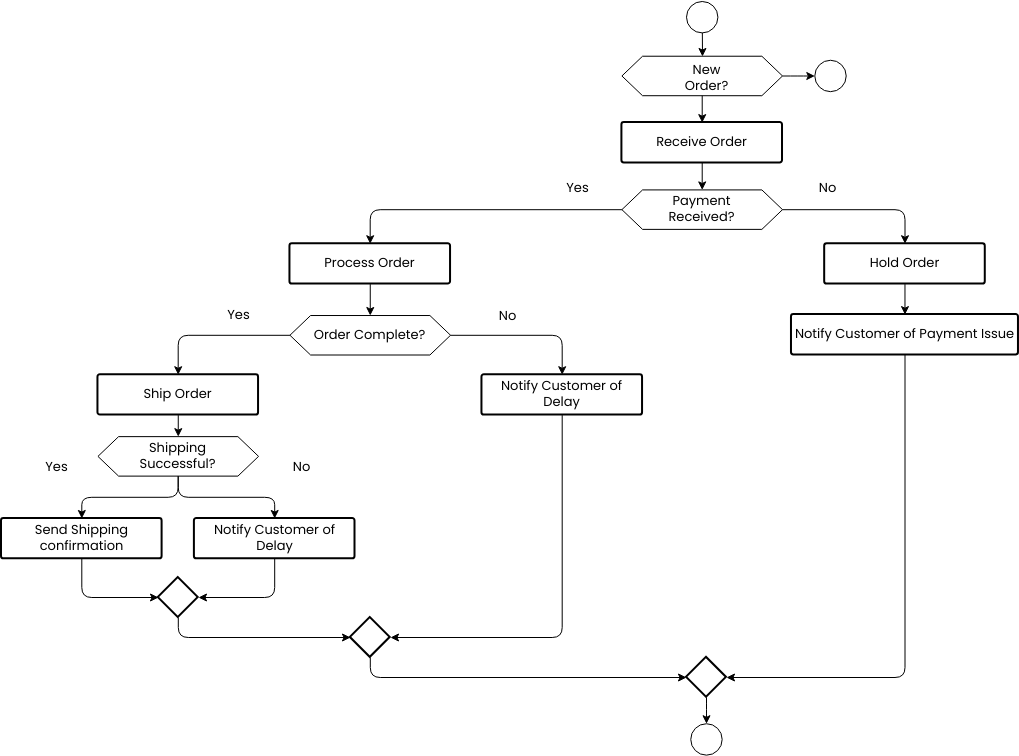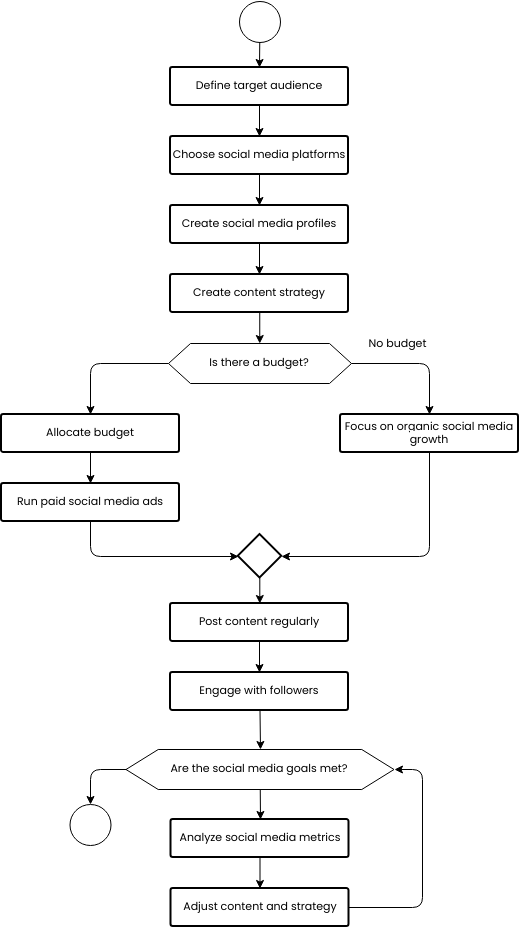A User Requests System flowchart is a visual representation of the steps involved in managing user requests. This flowchart outlines the steps involved in processing a user request, executing the service, and sending an error message if necessary. The three steps in this flowchart are "Process request", "Execute service", and "Send error message".
The first step in the User Requests System flowchart is to process the request. This involves receiving the request, evaluating it, and determining the appropriate action to take. If the request is valid, the system will proceed to the next step. If the request is invalid or incomplete, the system will send an error message to the user.
The second step is to execute the service requested by the user. This could involve a variety of actions, depending on the nature of the service. For example, it could involve accessing a database, processing data, or generating a report. Once the service has been executed, the system will proceed to the next step.
The third step is to send an error message if necessary. If there are any errors or issues with the service, the system will send an error message to the user, explaining the issue and providing guidance for resolving it. This helps to ensure that the user understands the status of their request and can take appropriate action if necessary.
Overall, a User Requests System flowchart is an essential tool for managing user requests effectively. It helps organizations to manage requests more efficiently, reducing response times and improving overall user satisfaction. Additionally, having a standardized process for managing requests can help to reduce the risk of errors or miscommunications, improving the overall performance of the system.
Benefits of creating a user requests system flowchart
Creating a user requests system flowchart can provide several benefits for organizations. A flowchart is a visual representation of the steps involved in managing user requests, and it can help to improve the efficiency, accuracy, and overall performance of the system.
One of the main benefits of creating a user requests system flowchart is that it provides a standardized process for managing user requests. This can help organizations to ensure that requests are managed consistently and efficiently, reducing the risk of errors or inefficiencies. Additionally, having a visual representation of the process can help to improve communication among team members, reducing the risk of errors or miscommunications.
Another benefit of creating a user requests system flowchart is that it can help to improve user satisfaction. By providing a clear and concise process for managing requests, organizations can ensure that users receive timely and effective support, improving overall user satisfaction. This can help to build trust and loyalty with users, ultimately contributing to the success of the organization.
Overall, a user requests system flowchart is an essential tool for managing user requests effectively. It helps organizations to manage requests more efficiently, reducing response times and improving overall user satisfaction. By identifying potential bottlenecks or inefficiencies in the request management process, organizations can make improvements that will save time and resources, ultimately contributing to the success of the organization.
Do you need templates for flowchart design? Right away, go to Visual Paradigm Online to look at some of your favorite customizable templates.
